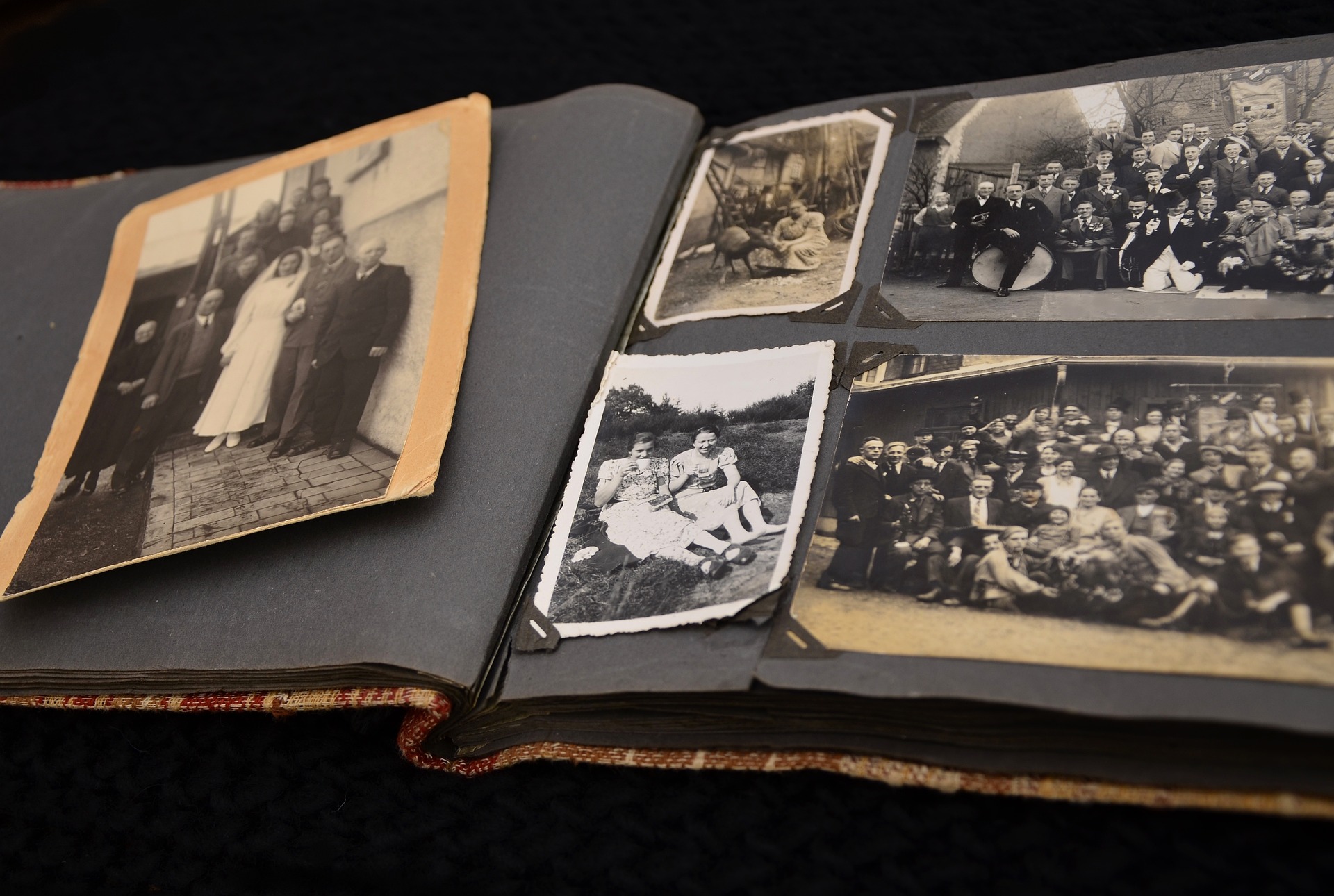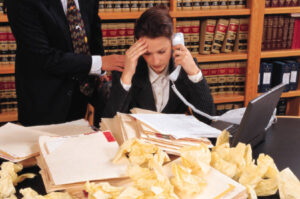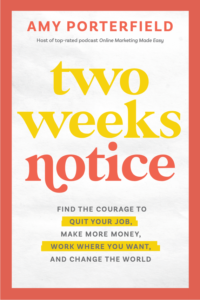Time Deepening vs Multi-tasking
Time deepening may be the solution to the ongoing question, “Does multi-tasking increase productivity?” It’s a question that comes up frequently in almost any conversation on time management. If you live with teenagers, it may come up frequently. Teenagers seem to have taken multi-tasking to new heights with ear buds, streaming, smart phone and homework all going at the same time.
I define multi-tasking as participating – at the same time – in two or more activities that each require our attention. My experience is that multi-tasking does not work well. Thus talking on the telephone and typing a report is multi-tasking. Similarly, making dinner while helping a school child with home work is multi-tasking; both require your attention in order to be completed. If your attention is distracted from your task, it is unlikely that you will complete it well. Your phone mate may perceive you are distracted or merely wait patiently for your attention to return to his/her question. The report may have errors.
What is Time Deepening
Time layering or time deepening is a strategy that does work. I define time deepening as organizing two or more tasks that do not require our attention to be accomplished simultaneously. In time deepening, only the top layer can take your attention while the other tasks are accomplished. Home managers have known this strategy for ages: wash the laundry and hang to dry – while drying, mix bread and leave to rise – while drying and rising cut beef/vegetables and set stew to simmer – while drying and simmering, knead bread and set to rise – while drying, simmering and rising, mend clothes. Project managers differentiate between those tasks that must be accomplished in sequence. These are time and order sensitive. Other tasks tasks can be accomplished at the same time and therefore can be layering tasks.
If you work from home you may already layer your time without realizing that you are using this strategy: put on laundry, take out dinner meat to thaw, set coffee to drip, turn sprinkler on lawn – pour coffee, set to work on report. One hour later you turn over laundry, turn over meat, move sprinkler to back lawn, refill coffee and back to report.
You get the picture. Try it. How many layers can you build into your time?







 Think your office might be seriously disorganized?
Think your office might be seriously disorganized?
























